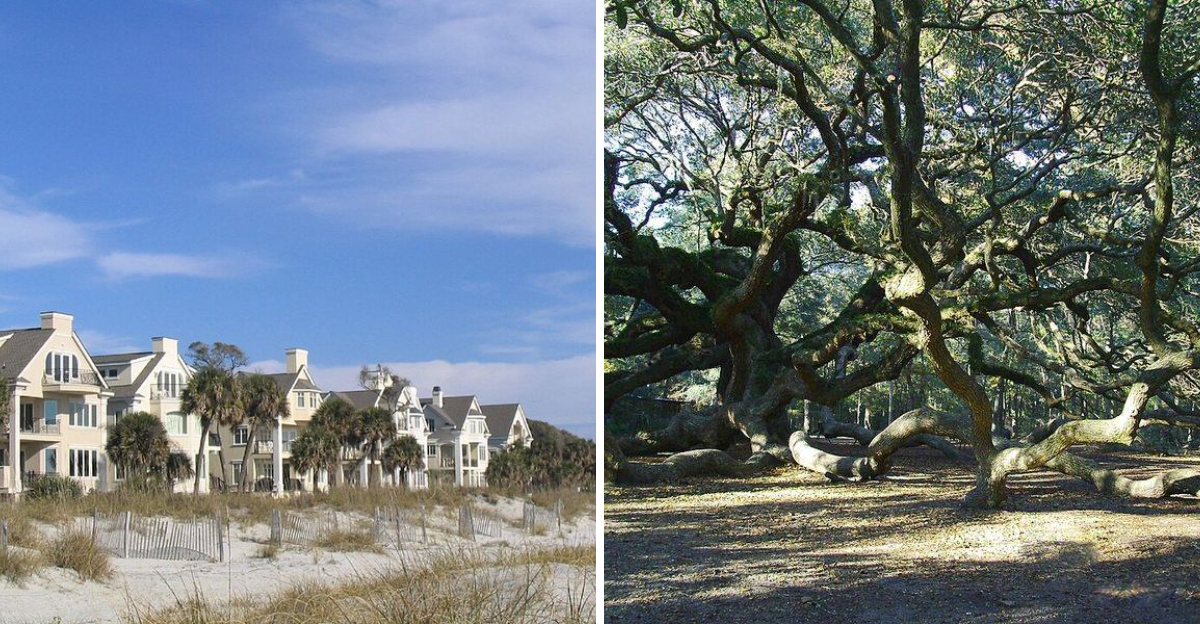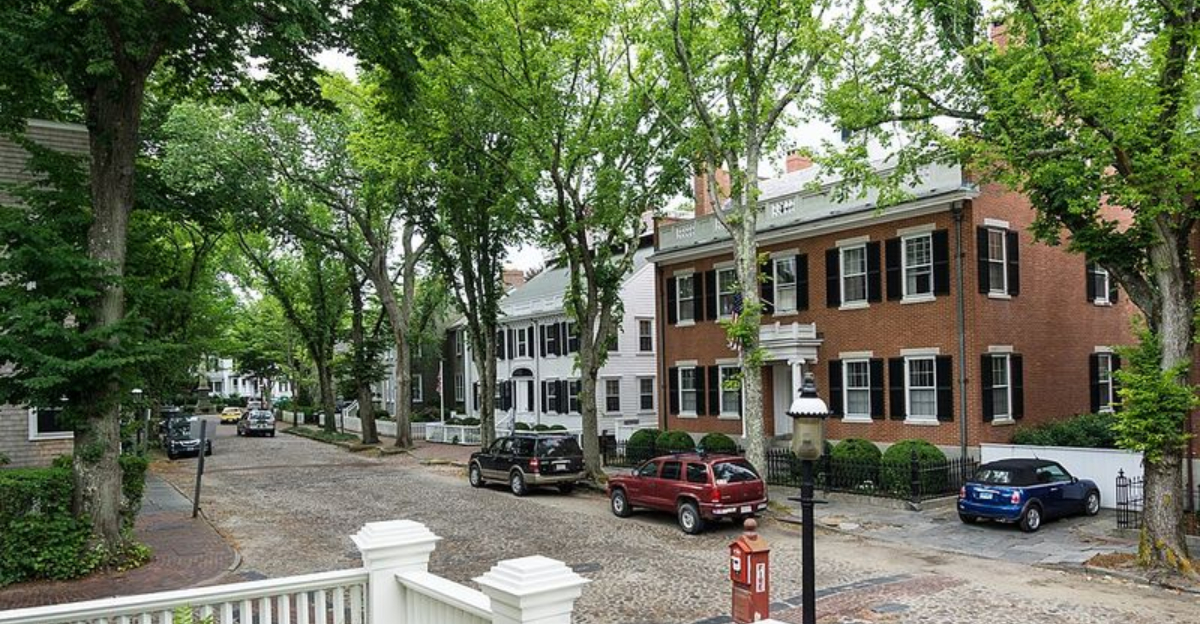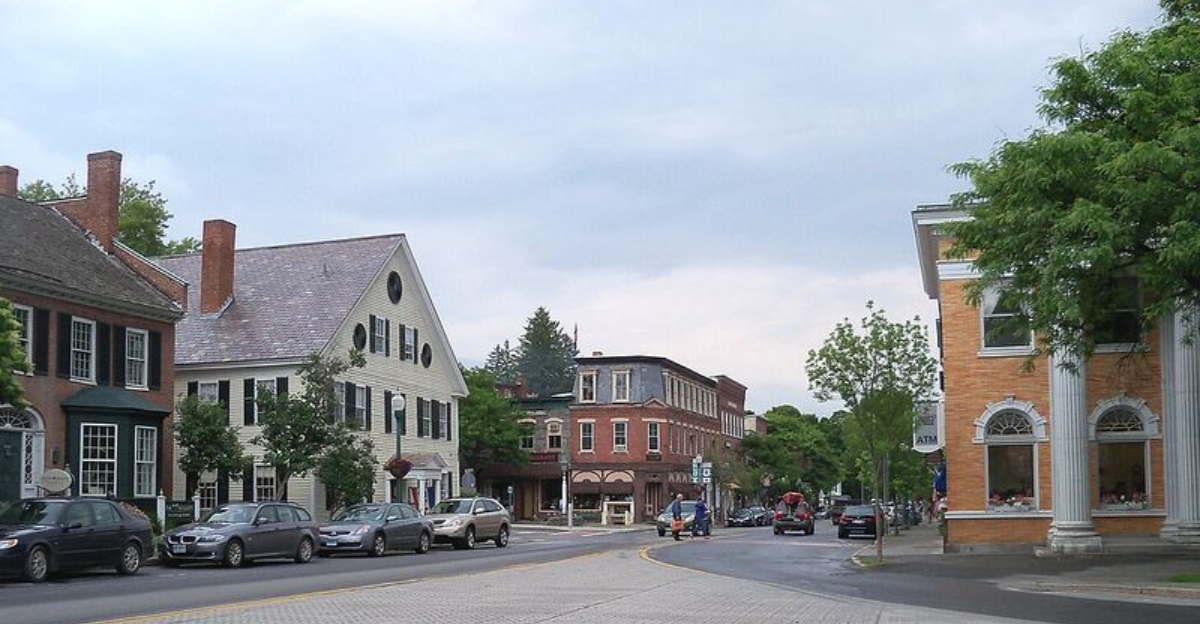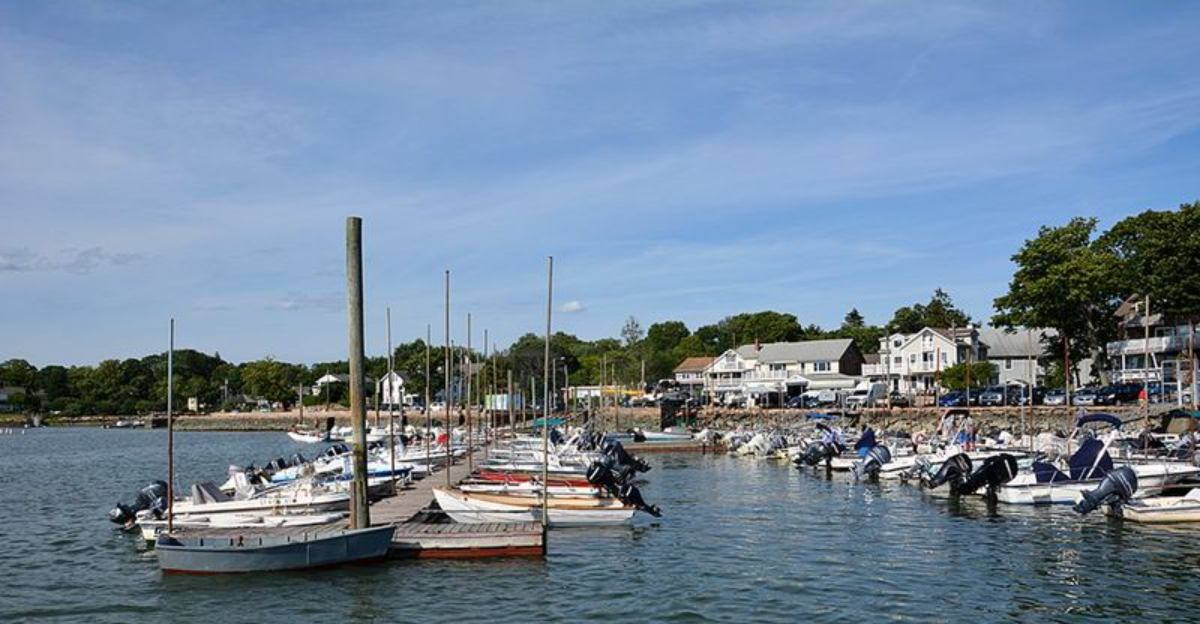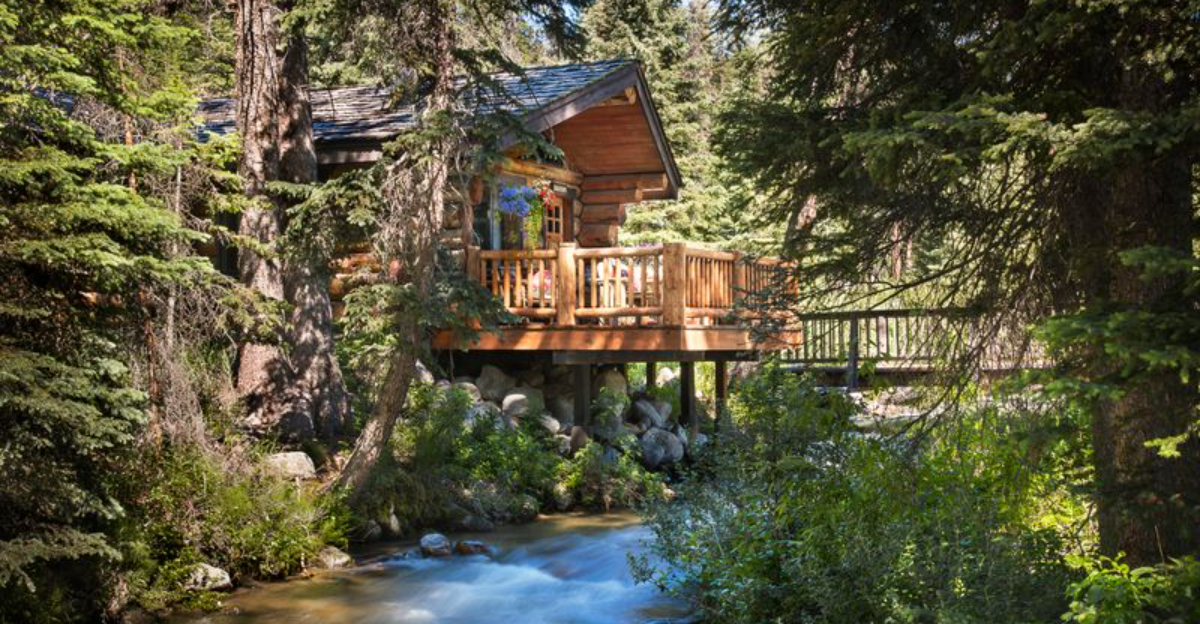Johnstown, A City Where Allegheny Mountains Blend With Street Art And Flood History
Nestled in the Allegheny Mountains, Johnstown is a Pennsylvania city that wears its history like a badge of honor.
From devastating floods that reshaped its landscape to vibrant street art that colors its downtown, this community offers visitors a unique blend of natural beauty and urban resilience.
Whether you’re exploring mountain trails or discovering murals on historic buildings, Johnstown proves that small cities can pack big surprises.
1. Pittsburgh’s Quieter Neighbor
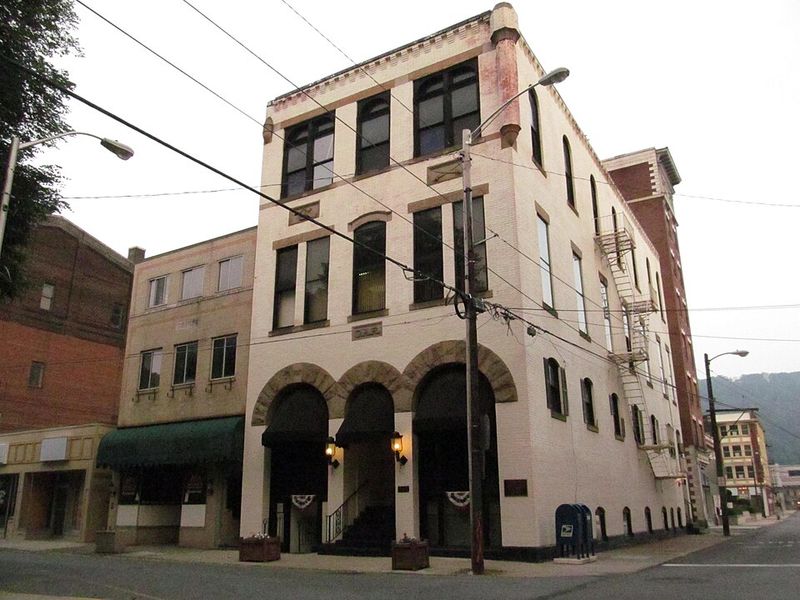
Pittsburgh International Airport provides the closest major flight access, positioning Johnstown as either a standalone destination or a combination trip with its larger urban neighbor.
The contrast between the two cities creates appeal: Pittsburgh delivers bustling energy and iconic skyline views from spots like West End Overlook Park, while Johnstown offers mountain-backed tranquility without sacrificing amenities.
Four-season accessibility means timing visits around personal preferences rather than narrow windows. Summer brings peak conditions for hiking, biking, and river activities, while winter transforms the landscape into snowmobiling and cross-country skiing territory.
2. When Water Changed Everything
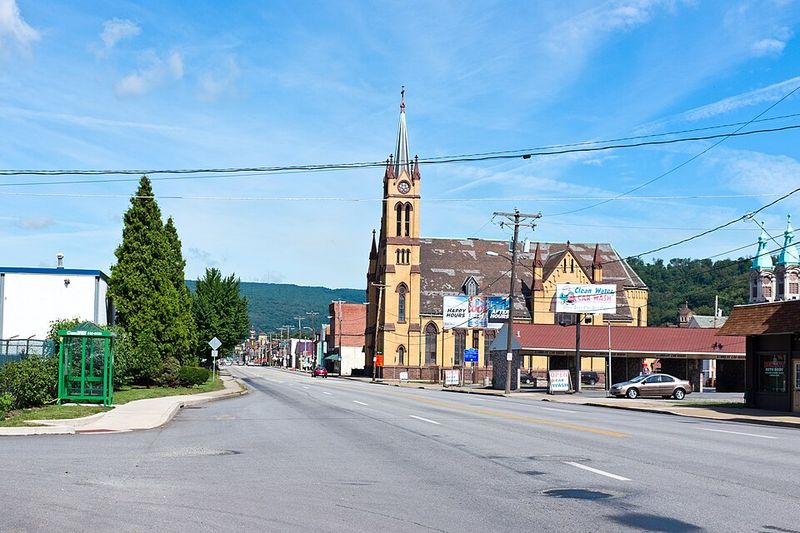
The Johnstown Flood Museum opened in 1971 with a focused mission: preserving memory of the devastating 1889 flood that redefined the city.
Over decades, exhibits expanded beyond that single catastrophic event to document broader cultural and historical threads woven through the community.
3. The Incline That Saved Lives
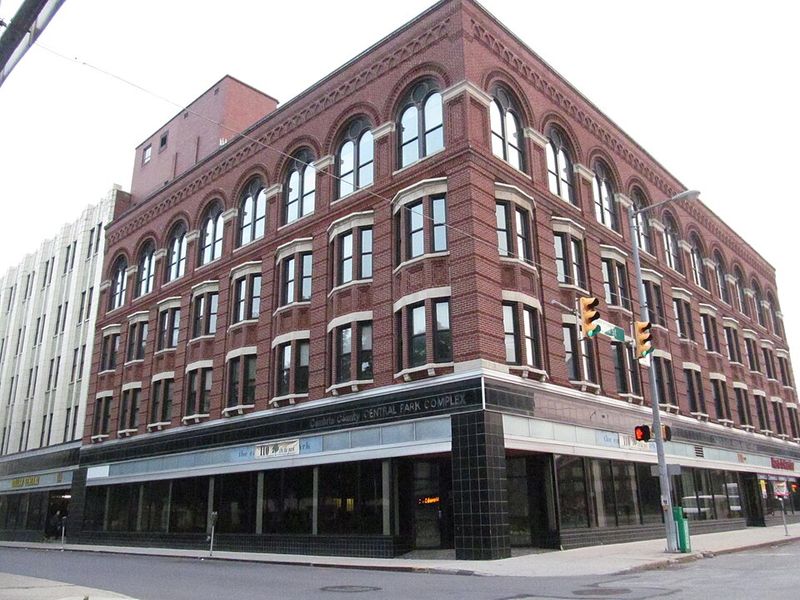
The Johnstown Inclined Plane began construction in 1890 as practical transportation for moving materials and people to higher-elevation Westmont. Its real significance crystallized during the 1889 flood when this 19th-century funicular became an evacuation route, carrying residents to safety above rising waters.
The incline offers aerial city views for those visiting when it’s operational, though major renovations periodically close access. Checking current status before planning to ride prevents disappointment.
4. Main Street’s Flavor Spectrum

Harrigan’s Cafe & Wine Deck anchors the upscale end of Johnstown’s dining scene, serving breakfast through dinner in surroundings that feel intentionally designed rather than accidentally assembled. Scott’s By Dam takes the opposite approach: pub atmosphere, substantial portions, and prices that don’t punish appetites or budgets.
Stone Bridge Brewing Taproom splits the difference, pouring micro drafts alongside a compact food menu featuring tacos, ramen, and burrito bowls that satisfy without overwhelming. Main Street itself invites strolling rather than driving, with storefronts and galleries revealing local character through art installations and architectural details.
5. Getting Wet Downtown

Wilderness Voyageurs guides rafting trips through river sections that range from gentle floats to more energetic runs depending on water levels and group preferences. Coal Tubin’ Adventures handles the calmer side; tubing, kayaking, and paddleboarding that let participants set their own pace.
Starting outdoor adventures from downtown rather than driving to remote launch points adds convenience for visitors staying centrally. The Conemaugh River provides constant presence throughout town, its banks accessible for those wanting waterside walks without actually getting in the flow.
6. Trails on Two Wheels
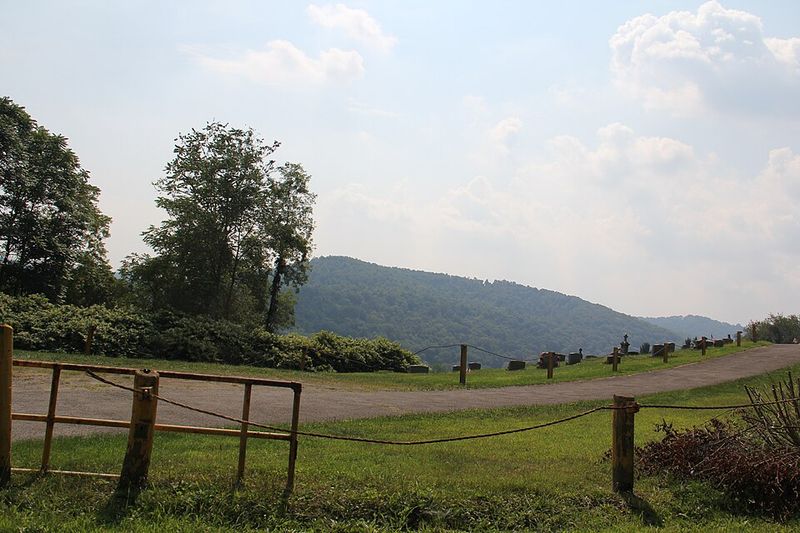
Coal Tubin’ Adventures expands beyond water activities into bike rentals and guided excursions that eliminate logistics stress. Their packages include shuttles, parking, and safety gear while accessing premier systems like Quemahoning Trail, Path of the Flood Trail, and Ghost Town Trail.
Mountain biking around Johnstown works with rather than against topography, the Allegheny Mountains here roll rather than spike dramatically, creating extended descents and climbs that challenge without terrifying. Technical sections exist for advanced riders while mellower segments accommodate families building confidence.
7. Forest Therapy on Foot
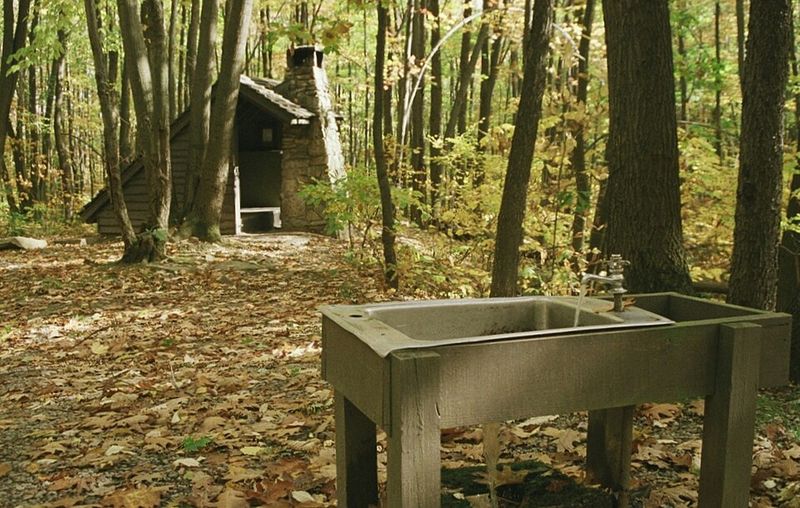
Prince Gallitzin State Park, Laurel Ridge State Park, and Blue Knob State Park sit within short driving distance, each offering distinct trail personalities. The Laurel Highlands Hiking Trail stretches 70 miles total, though most hikers sample sections rather than attempting the full distance.
The segment between Route 271 and Decker Avenue passes through dense forest canopy with occasional mountain glimpses, not constant panoramic drama but sustained natural immersion. Trail density around Johnstown creates pleasant problems: too many options for single visits, requiring return trips or difficult prioritization.

